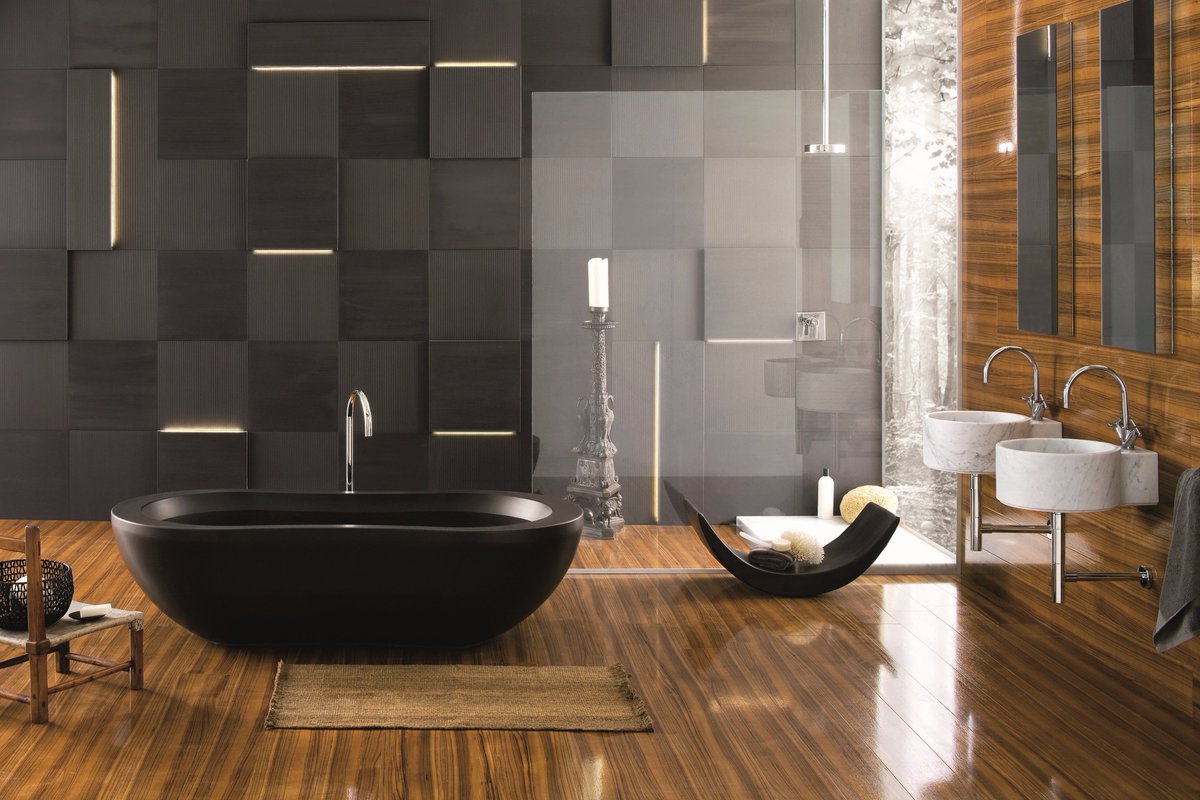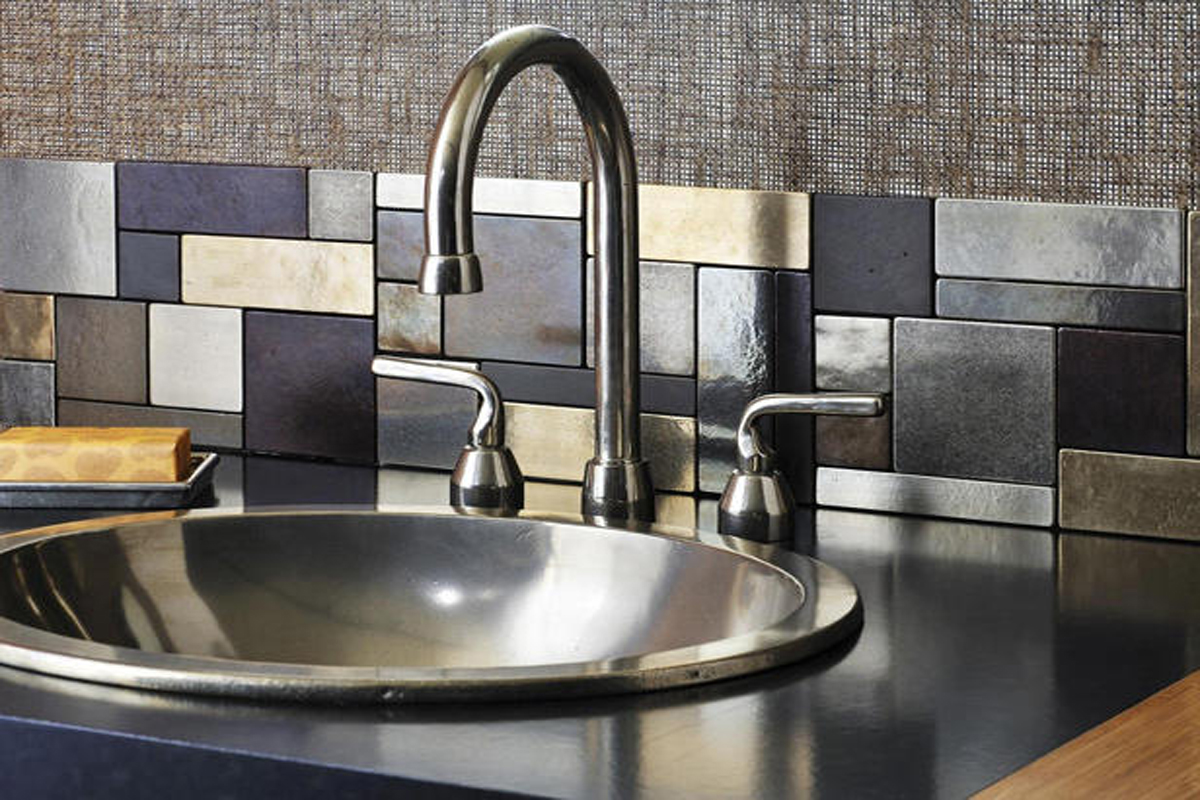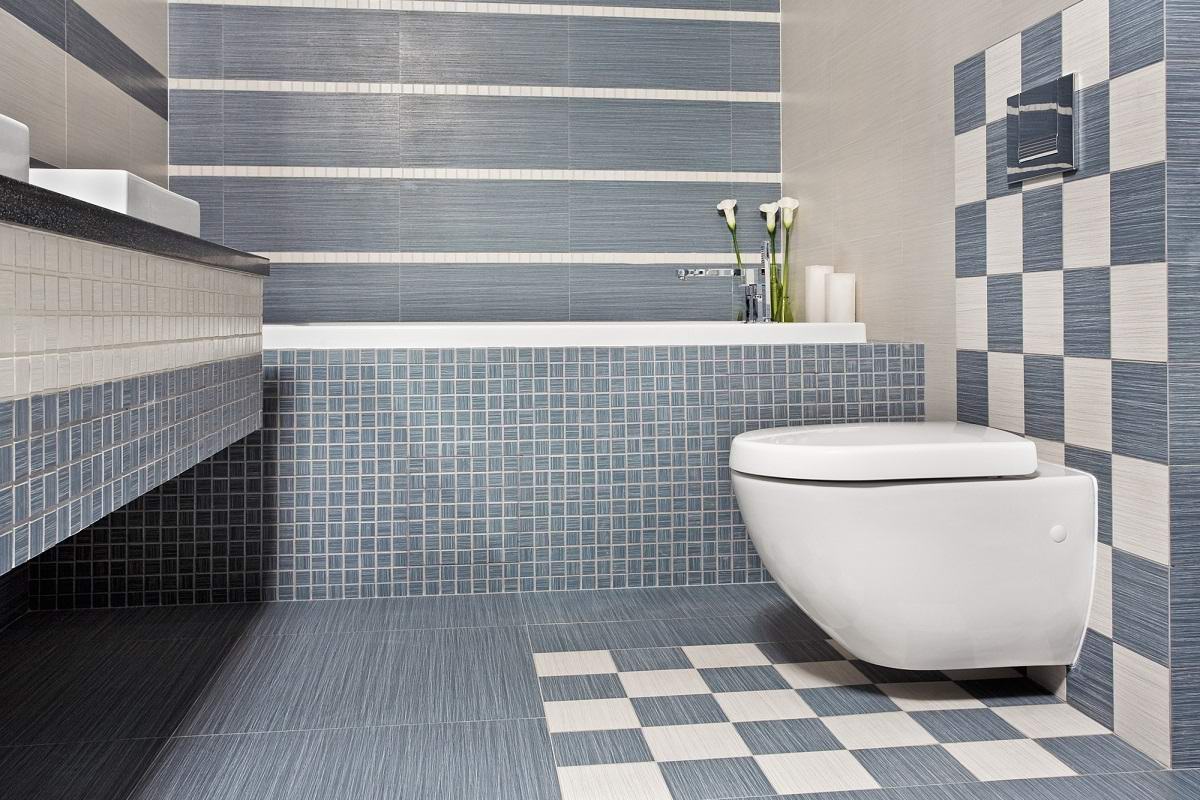Ceramic tiles are inseparable constituents in today’s construction. To know how they attached to each other one must have a comprehensive instruction and better to have a survey.
The manner in which clay roofing tiles are fastened to the roof differs according to the style, size, and form of the tile. Both traditional and modern approaches to the installation of clay roof tiles are very similar in many respects, with the primary distinction lying in the fact that current installation methods typically involve the use of wood sheathing and roofing felt.
However, the vast majority of the early clay roofing tiles were not installed with the benefit of wood sheathing; rather, they were strung directly on roofing laths and battens that were attached to the roof rafters.
This method was utilized in some regions up until the middle of the 19th century. Because of this method of attachment, the watertightness of the roof was totally dependent on the tiles themselves. This method also made it straightforward to find leaks and make repairs to the roof.
The practice of nailing roofing tiles directly to continuous wood sheathing or hanging roofing tiles from “nibs” on horizontal lath that was affixed to roof rafters or sheathing throughout the course of time evolved into two distinct methods.

Certain types of tiles, most notably the later Mission or Barrel tiles, were either copper wire-fastened to wood purlins or laid over vertical battens or strips that were nailed to the sheathing. Alternatively, the tiles were installed over vertical battens or strips.
When applied to roofs with extremely shallow slopes, certain types of tiles, including Spanish, Barrel, or Mission tiles, in addition to other types of interlocking tiles, do not completely repel water. This is due, in part, to the fact that the tiles do not typically fit together particularly closely.
These have always required a watertight sub-roof, which can take the shape of felting, bituminous coating, cementitious coating, or any other sort of sub-roofing material.
Traditional English treatments such as “torching” involved the use of a simple mortar, which was typically made of straw, mud, and moss. Other traditional English treatments included “scalding” and “scraping.”
The tapering Mission tiles of the old Spanish missions in California were likewise set in a bed of mud mortar mixed with grass or straw. These tiles were attached to the very low-pitched reed or twig sheathing (latia) that supported the tiles.
Tiles can only be installed on built-up membranes, single-ply roof membranes, or solid l membranes according to the requirements of contemporary roofing techniques “wood sheathing with a thickness of 2.5 centimeters that has been felted with coated base sheets weighing at least 30 pounds each.
The watertightness of the roof sees a significant increase as a result of the addition of a second layer of waterproofing. The creation of horizontal and vertical chalk lines serves two purposes: it assists with the installation of the tiles and it demonstrates the patterning.
The vast majority of tiles feature one or two holes, which allow copper hangers or nails to be used as connecting mechanisms between individual tiles. Additionally, they may have protruding nibs that allow them to interlock with one another or hang on battens or lath that are attached to the base sheathing.

Before laying the tiles, you need to install copper or lead gutters, flashings, and valleys. If possible, use corrosion-resistant metal of at least #26 gauge (20–24 ounces) that extends at least 12 inches (30.5 cm) under the tile from the edge, or install them in accordance with the instructions provided by the tile manufacturer.
Because clay tiles are famous for their long lifespans and the expected hardness, only the best metal should be chosen for the guttering and flashing, just as with roofing nails.
When ordering “field tile,” the amount of “squares,” or flat portions of 10′ x 10′ (25cm x 25cm), that are required to cover a roof area is normally what is taken into consideration.
The tile company or roofing contractor should determine the appropriate number of tiles for the roof based on the type of roof and the architect’s drawings. This will ensure that the job is done accurately.
Included in the package should be specialized ridge and eave tiles, decorative trim, unfinished “squares” with a 10–20% allowance for breakage, and more tiles to store for the repair of accidental damage that may occur in the future.
When the tile arrives at the construction site, it is laid out in a random pattern in piles on the roof so that the roofers will have an easy time getting to them.
The lower border of the roof, also known as the eaves, is where the first course of tiles is installed. There are a variety of approaches to laying and installing roofing tiles, and each one is determined by factors such as the nature, shape, and design of the roof, as well as regional traditions and the climate in the area.

It is possible to raise the initial row of tiles to the required height and angle for the roof to achieve its maximum performance by using a raised fascia, a cant strip, a double or triple layer of tiles, or special “birdstop” tiles that are installed under the eaves of the roof.
These options are all available. The tile is hung at an angle that is at least 1-and-a-half inches higher than the gutter system that was there previously.
This is done to ensure that rainwater flows into the middle of the gutter ” (4 cm). After the initial course has been correctly fitted, checked from the ground level for straightness and color nuances, and modified as required, subsequent courses are lapped over the ones below as the roofer moves diagonally up the roof toward the ridge.
This occurs as the roofer moves closer to the ridge of the roof. It can take sixteen and a half hours for a person to arrange and lay tiles in a square that is 10 inches by 10 inches (25 centimeters by 25 centimeters).A long-term reliable business relationship is at hand if you contact us. A professional supplier and exporting team support us to have a win-win relationship with our customers.











Your comment submitted.